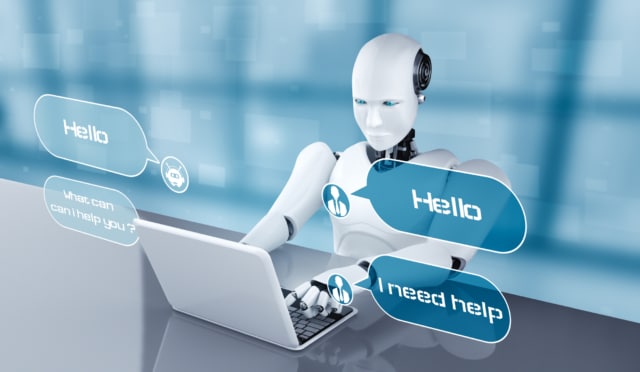Today, the world is leaning towards automation. The demand for instant engagement and customer satisfaction is everywhere. And only continues to grow. This is especially the case for the world of marketing.
That doesn’t mean you should take away from the hands-on strategy your marketing team might use. But, bots and AI-driven automation are now available to help manage processes and, most importantly for marketers, lead generation.
One way of automating your marketing strategy is through chatbot marketing, an emerging leader in current eCommerce trends. This digital marketing strategy enables you to automate customer communication and engagement through social media messaging apps or on your landing pages before directing it to a real person for assistance if necessary.
But it’s also much, much more!
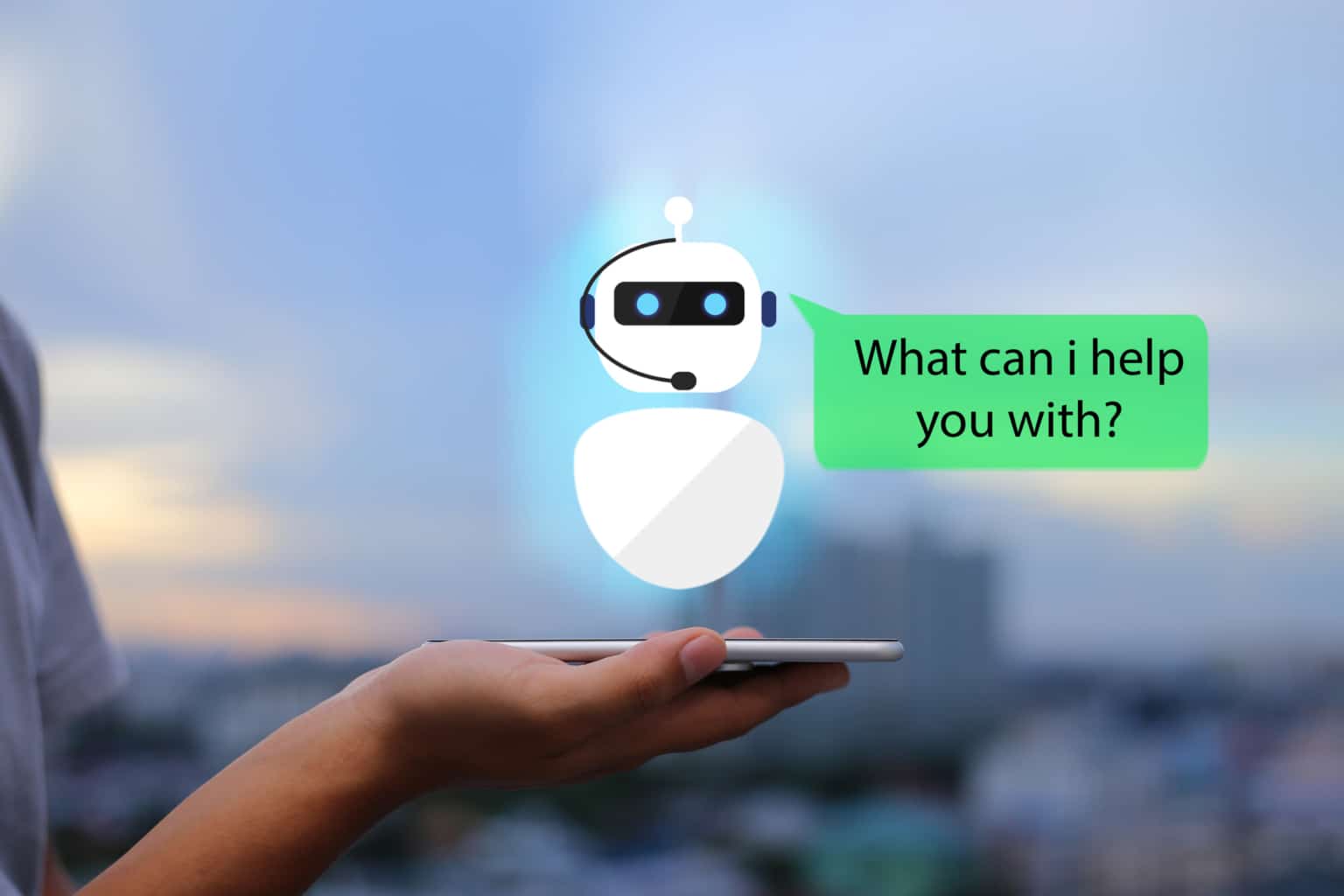
In essence, a chatbot is a computer program or software that manages to automate conversations with users. Because they’re pieces of software or programs, they can be customised to have responses based on what the user requests or chooses.
For example, they can ask a user what part of the business they want to know more about and provide information, or they can help the customer choose how they wish to engage with the business to find out more (e.g. through email, SMS, post, etc.).
The more advanced bots are powered by sophisticated artificial intelligence (AI), but you’ll find that most are programmed with pre-designated conversation trees and pre-specified responses. If you search online, you’ll find many third party services that easily enable businesses and marketers to design their own chatbot conversation trees without needing specialist development or coding skills. This is accessible to all, whether you’re a large or small business.
Conversation trees are designed to cover every imaginable customer response and guide the chatbot on what to say.
Here’s a conversation tree example:
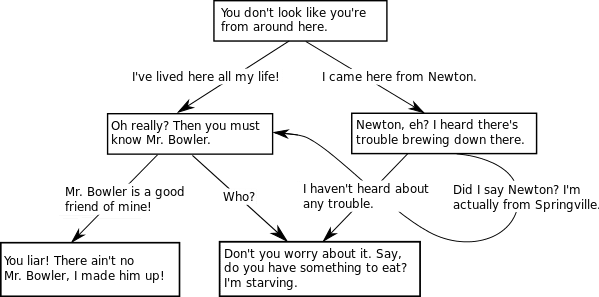
Of course, any conversation you use will be designed by you to address any questions or inquiries that you want your chatbot to ask or answer.
Chatbots can be easily and productively used in conversational marketing. The evolution of chatbot marketing started to fully emerge when Facebook began enabling messenger bots within its Messenger feature. Before this, most Facebook Pages had messengers that were going unused. Oftentimes, customers were asking questions or stating concerns and getting zero response.
Having a chatbot marketing strategy ensures that your customer base is getting the engagement they want when they ask questions or attempt to interact anywhere, from the homepage on your website to Messenger on your Facebook business page. It also has the added benefit of allowing you to optimise this contact and nurture leads and sales for your sales team.
Benefits of Chatbot Marketing
There are numerous benefits to chatbot marketing. We’re going to take some time now to walk you through them.
-
Optimising your resources
One of the main aspects of marketing is generating interest and leads as quickly and efficiently as possible. Chatbot marketing allows you to save time and money and achieve your goals. Like those from HubSpot, Chatbots enable your business to engage in the full customer journey with fewer resources.
You don’t need to hire any more people, chatbots work without a salary and are available 24/7. The incredible cost-saving and lead or sale generation from a chatbot usually results from a one-time investment, which will allow you to fulfil your business goals and objectives long-term.
-
Quick responses to customers
Building a responsive business is key to enhancing your customer experience. Chatbots allow instantaneous responses to users. This means that those users can resolve their queries quickly, which results in a positive user experience. If utilised smartly, chatbots will help to grow brand image, engagement, and trust.
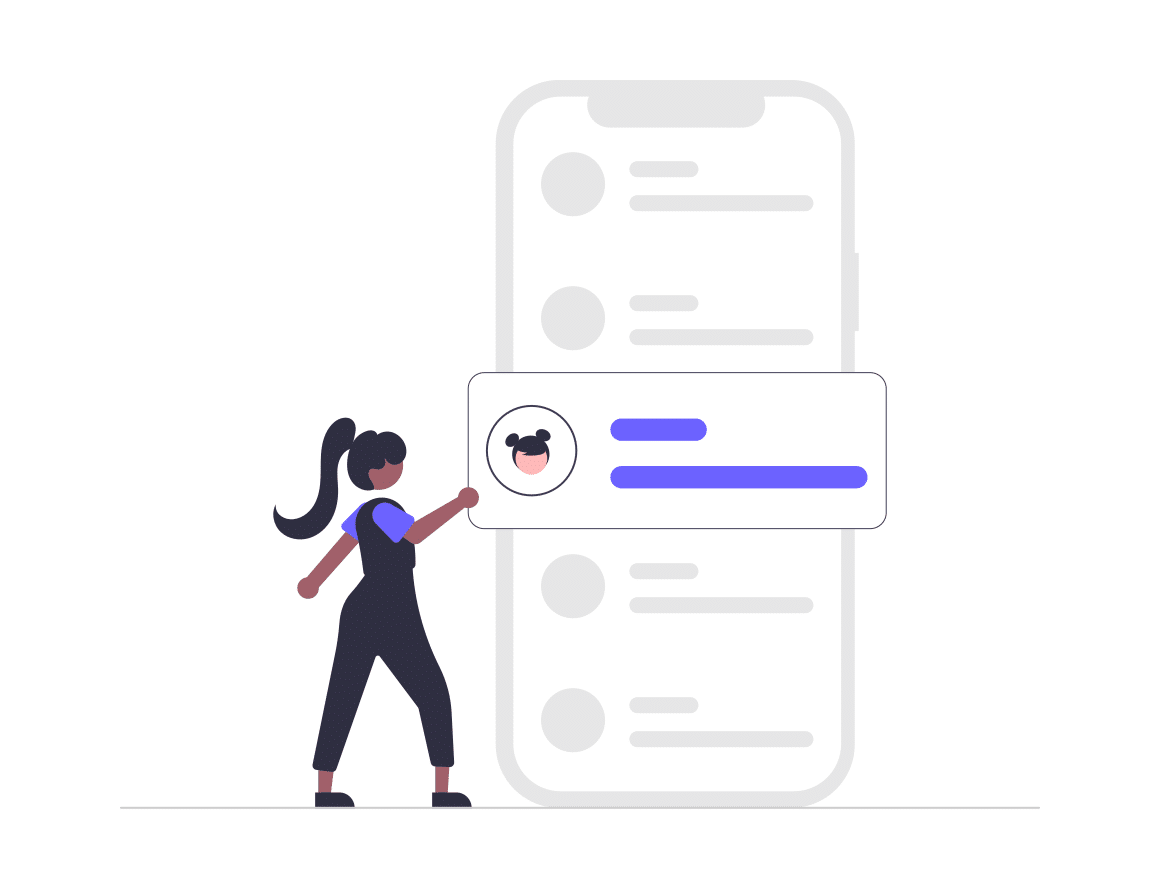
-
Help with marketing basics: segmentation
You can use chatbots as part of your basic marketing strategy. Through automated responses to user engagement, chatbots can help you segment website traffic. For example, you could have someone showing an interest in the pricing of something, which would be a warm lead. You could make the most of this by offering them more information and giving them the ability to make an order straight from the chat.
-
Speeding up the processing of payments
You can use chatbots to complete payments without a customer needing to move from the window they’re on. This means that your customers can make orders and pay right there in the chat, which takes up much less time and effort. To do this, you’ll need to connect a money transfer service, like Paypal, to your chatbot. But how quick and efficient is this!
-
Fit for any business
You can custom design chatbots to work with your business’ processes regardless of its size. It works as a universal marketing channel, and you can use a tool like SendPulse, which will enable you to create chatbots for Telegram and Facebook Messenger.
-
Increases engagement
Conversations can be had across various chatbot platforms like Messenger, WeChat, and WhatsApp with an almost unlimited audience. MessengerPeople has estimated this audience to be almost five billion users. This gives you the chance to engage with an easily and heavily defined audience across the world.
-
Nurturing Leads
You can use chatbot marketing to progress prospects efficiently through your sales process. For example, if you sell hoodies, it allows you to show different colours, styles, and brands (or anything really) to warm up leads and help them decide that your goods are worth purchasing.
-
Data Analysis
Chatbots allow you to collect and collate more customer data and metrics. This data allows you to achieve insights into your audience’s preferences and needs. Using this data, you can adapt and optimise your entire marketing strategy, not least your chatbot strategy, to help you achieve better communication and financial results.
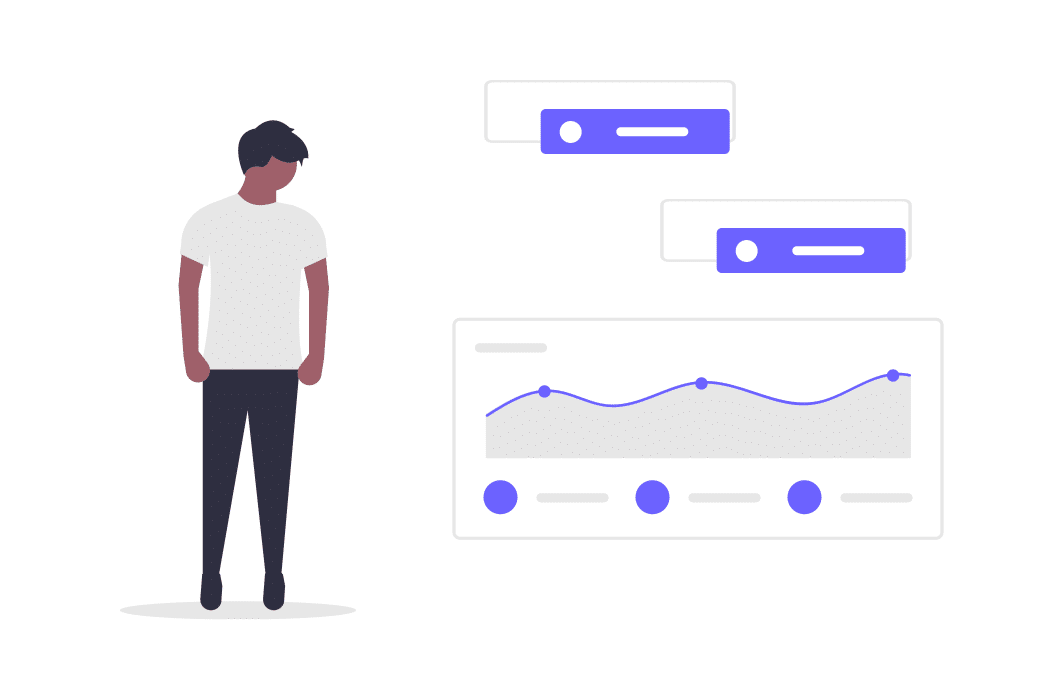
What Can a Chatbot Help You With?
-
Customer support
Chatbots are available for 24-hour automated support and are a great tool for customers to clearly and concisely access your FAQs. They are also available to customers across the world in different locations and time zones. For example, if your UK business also operates in India, a chatbot could stop you from having to double up your customer service teams or arrange double-shifts for your support teams.
-
Ability to make orders
For eCommerce stores, chatbots are lifesavers that allow your customers to make orders right there in the chat. If a customer isn’t ready to make an order, chatbots can help them define what they’re looking for before a human adviser follows up. For example, for a coffee eCommerce store, it would be helpful for the chatbots to help the customer streamline their search to a type of bean or strength of the brew. It can then pass this information, along with the customer, onto an adviser who can assist from there.
-
Scheduling appointments
Chatbots are extremely useful for service providers such as hairdressers, fitness trainers, barbers, beauty salons, etc. You can hook them up to a Google Calendar, and the chatbot will act as your virtual assistant; booking appointments for your customers according to your availability. This makes things easier for your customers as they get their appointments made straight away. And you lessen the administrative burden on yourself, so you can carry on working while your appointments are being lined up for you.
-
Sharing updates and news
Sharing updates and news with your customers, or potential customers, is expected in this day and age. Though this can get a bit too much with the influx of emails and notifications, they can receive daily. Chatbots allow you to share updates and news with your audience when it’s relevant – like when they’re on your page. Helping you to engage with your audience without bothering them.
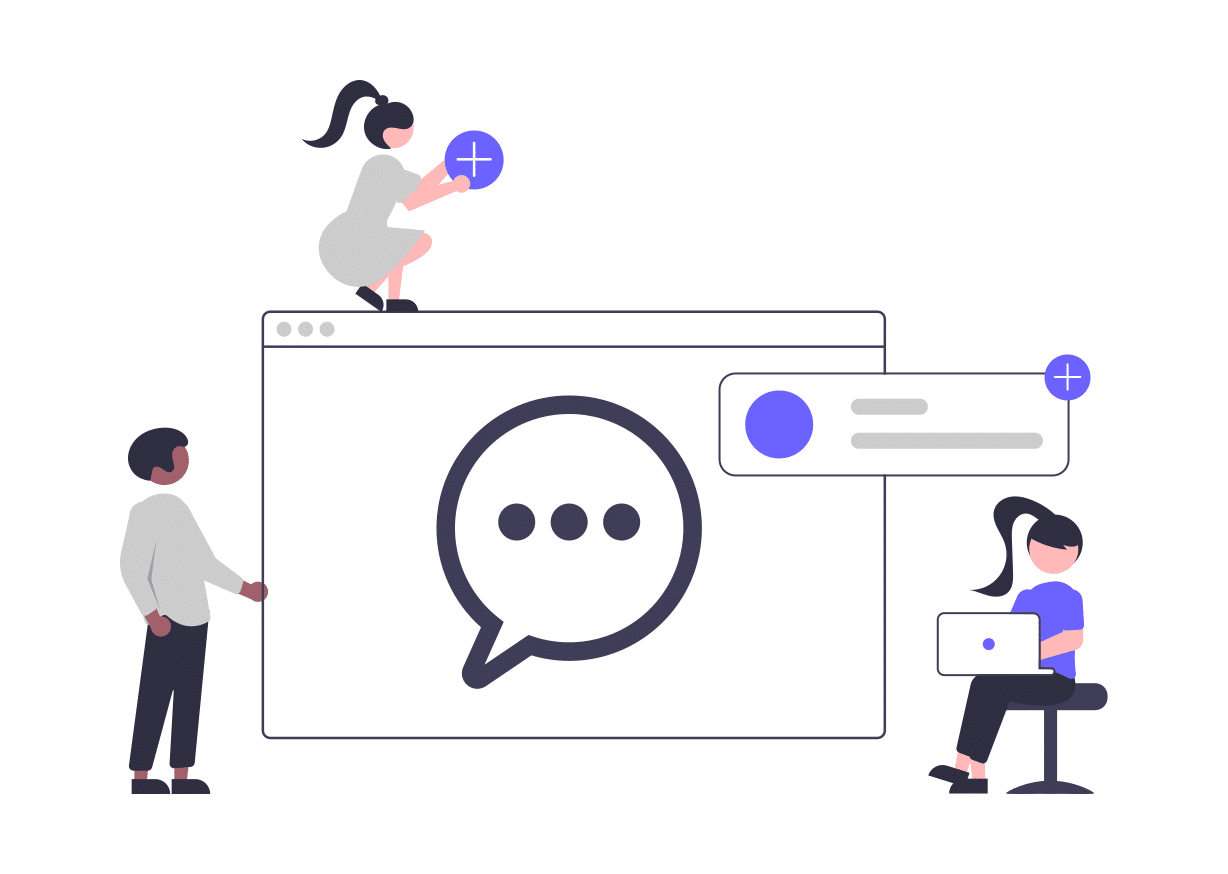
-
Tracking orders
More sophisticated chatbots can allow you to display order tracking, removing the frustration customers can feel trying to figure out where their orders are, and helping you to save time answering customer queries. Simpler chatbots won’t be able to track directly but can automatically provide customers with information about shipping and delivery.
Another great feature is the ability to automate requesting reviews after delivery, which will not only give you vital feedback but keep the level of engagement with your customers high even after purchase.
Chatbot Marketing Examples
1. Estée Lauder
Over the last few years, Estée Lauder has been a leading use case to utilise chatbots. The brand launched a WhatsApp skincare chatbot in May of 2020, as the latest line of innovations.
In 2018, they cleverly combined augmented reality with chatbot technology to allow users to try on a selection of lipsticks before purchase virtually. They did this after providing customers with a short quiz that the chatbot then used to make recommendations. If the customer were satisfied after virtually trying the lipstick on, the bot would then direct them to the online shop to purchase.
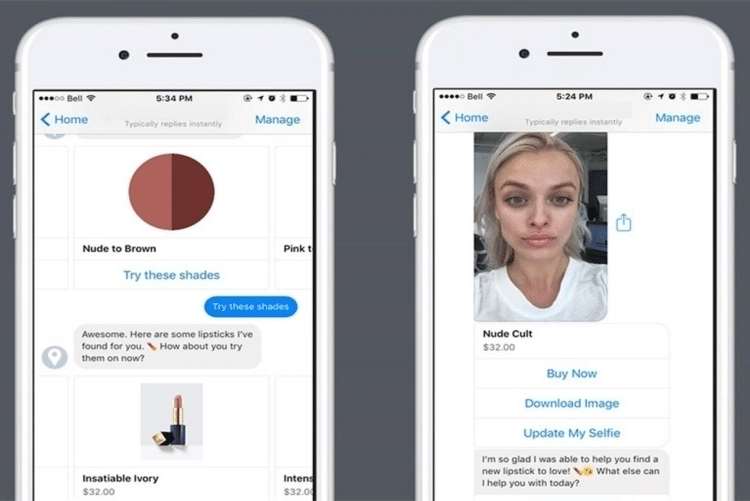
Estée Lauder has become the first major beauty brand to provide a skincare experience for its customers through Whatsapp.
This innovative customer engagement allows customers to talk with ‘Liv’, a chatbot powered by AI, which helps customers build and follow their own personalised skincare regime.
The chatbot helps Estée Lauder connect with their customers without the need to visit physical, or even online, stores. It enables fulfilment of their customers’ needs while also providing CRM opportunities for the business and capturing customers’ details (e.g. phone numbers). All while being based in a channel that customers have shown to be receptive of with innovative experiences.
2. Match.com
As part of its social media marketing strategy, Match.com has launched a Messenger chatbot called Lara to help customers find that special someone.
It uses natural language processing techniques to have a conversation with them, asking them personalised questions in a seemingly casual conversation, to find out what they are looking for in a potential partner. Lara then matches customers with carefully selected potential partners based on the conversation.
Annual revenue of the dating industry surpassed $3 billion in 2017. Lara, Match.com’s dating bot, provides a great example of a company using Facebook’s global and extensive online audience to its own advantage. Since being incorporated, Lara increased the registration rates for the business by a whopping 30%.
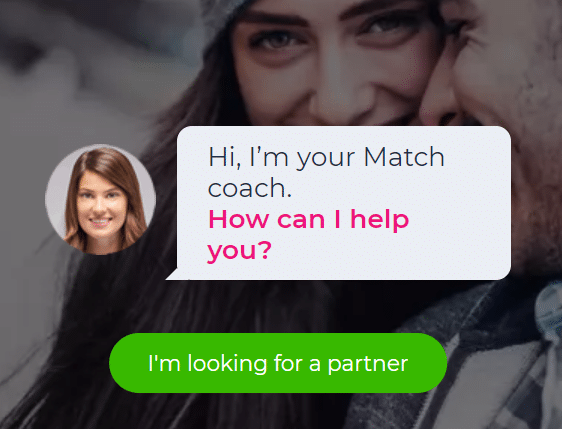
The vice president for Match.com’s Northern European Hub, Abbie Oguntade, has said;
“With Messenger being used by over one billion people worldwide and now a big part of people’s everyday lives, developing the first dating bot has been a priority for us to make finding a date easier for singles wherever they are.”
3. Spotify
Another company who has taken full advantage of Facebook’s Messenger feature is Spotify. They have also implemented their own chatbot within the Messenger feature as an easily accessible social extension of their audio streaming platform.
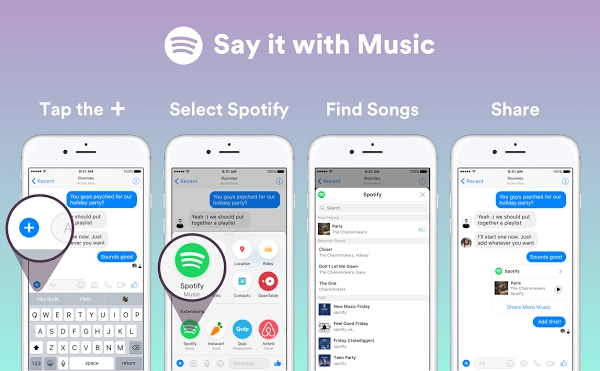
With a few simple questions, customers can get their own personalised playlist recommendations based on preferred styles, what they’re doing, or even their mood. You can also choose to share these directly with your Facebook contacts through Messenger. This serves as a quick and easy form of organic marketing for Spotify, alongside allowing customers to get the most out of the music platform in an incredibly engaging and personalised way.
4. Hardwell
As can be seen with the above example from Spotify, the music industry, in particular, is one that has embraced chatbot technology. In this modern age, the online space is increasingly becoming the dominant arena for music marketing, with record labels and musicians seeking new ways to make personal connections with fans.
Because of this, there has been a dramatic increase in the number of music-related bots with DJ Hardwell offering one of the best examples!
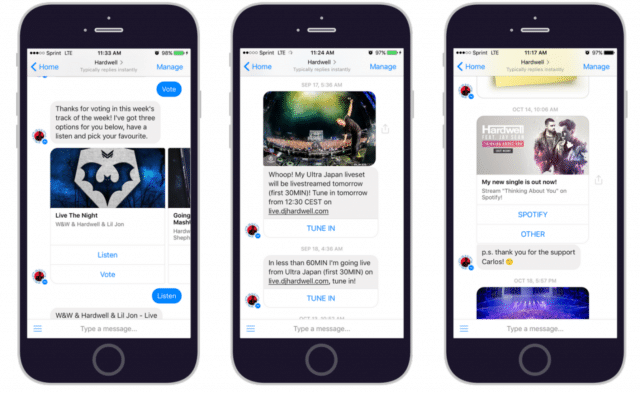
DJ Hardwell’s chatbot is Messenger based and creates an engaging and immersive dialogue with fans. It allows for conversation to be supported with images such as concert photos, tour dates, or merchandise, all of which get triggered by keywords typed into the chat.
With the personalisation tactics that are taking digital music marketing by storm at the moment, Hardwell’s bot may prove to be the first of a wave of bots engaged as a marketing strategy for a new generation of music. Hardwell has said, “It’s essential that everyone feels as though they have a personal connection to my music.”
Chatbot Marketing Tips
1. FAQs
To maximise the usefulness of your chatbot, you will need to define your FAQs. To do this, you’ll need to look at the most common difficulties, questions, and concerns that your customers have for your business. You can do this by analysing the customer data you already have, sending out a customer survey and getting feedback from your customer operations team.
2. Conversation trees
Building specified conversation trees are key to your chatbot’s perception as a communication enhancer between customers and your business. While machine learning is a thing, it’s still in its early stages and will take a little while to start adapting to your business.
Any deviation from a flowing script may result in a frustrating and unpleasant experience for your customers. Some chatbots are limited in their understanding of the human conversation and only follow pre-mapped conversation flows.
To work within the chatbot’s limitations, you can do things like creating conversational tunnels customised to your workflow (for things like answering FAQs, scheduling meetings, confirming orders), limiting the choice of remarks for the user, and letting people know how they can contact a human at any time they need.
3. Test!
Before launching a chatbot, try it yourself and share it with colleagues and friends. Once you have it launched, you will need to continually monitor and analyse the interactions to get insight into your marketing efforts and improve and optimise its performance.
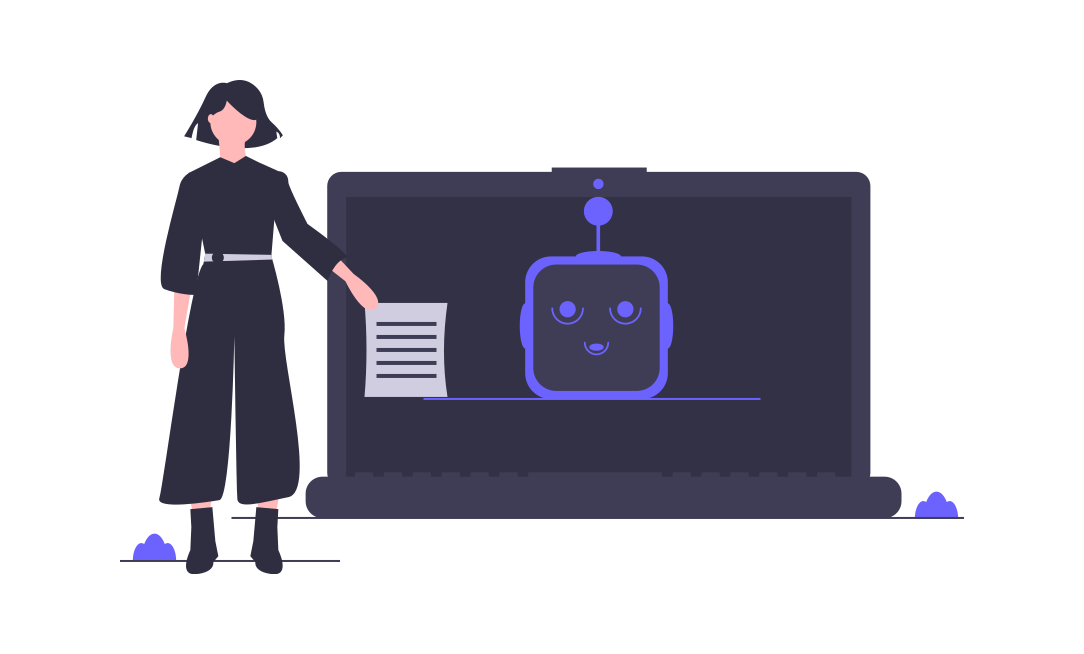
Conclusion
The goal of marketing, in general, is to enhance qualifying leads and optimise sales to grow revenue. Regardless of your industry, chatbot marketing makes a massive impact as one of the most reliable eCommerce trends to boost revenue for the businesses who are adopting it.
Whether your approach with chatbots is intended to facilitate orders or attract new clients, it’s easy to set it up to work alongside your current marketing platforms. Then, you can let it work using the pre-built templates you’ve planned around. All you need to do is reap the data outcomes’ benefits to help you improve both your chatbot and general marketing moving forward.
Originally published Feb 23, 2021, updated Apr 10, 2023
